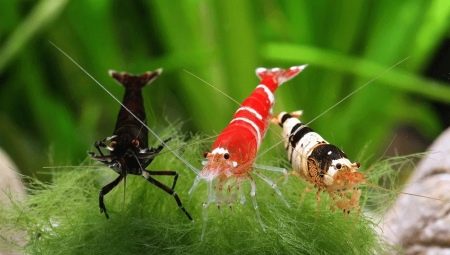Few people know that you can keep in the aquarium not only motley fish or snails, but also other inhabitants of the reservoirs - shrimp. They are also great for the role of pets. Among them, there are species of various colors and sizes. Aquarium arthropods are significantly different from their counterparts living in their natural habitat. What are their features, and how to properly breed shrimp at home, we will describe further.

Description
Most shrimp live in salt ponds, but there are those that need fresh water for their existence - it was they who became the object for captive breeding. Homemade freshwater shrimp can decorate any aquarium.
They have even developed separate types of vessels - shrimp, containing from 40 to 80 liters of water.
Such dimensions are needed in order to create optimal conditions for these animals in the vessel. There are a number of features that distinguish these aquatic organisms from fish, in particular, they require more comfortable conditions regarding the chemical composition of water.
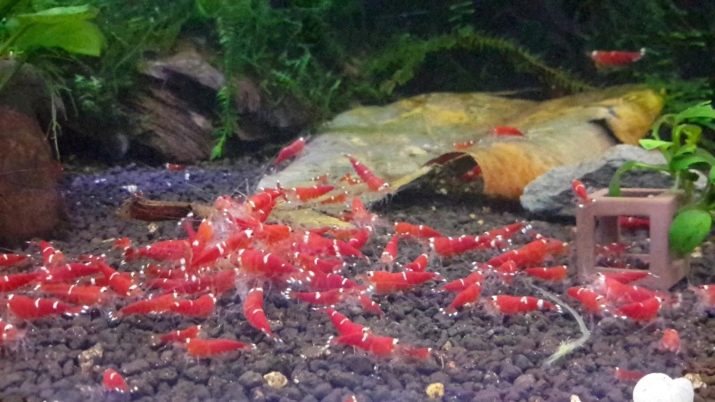
The size of aquarium shrimp can vary from 1.8 to 35 cm, and their color is striking in variety: red, green, chocolate, tiger, blue and many others.
An interesting fact is that shrimp are able to influence the size of their population based on living conditions.
Seeing that there is enough space and food in the aquarium, they begin to multiply actively, and within six months their population grows tens of times. If the situation worsens, then they slow down the reproduction rate, and large individuals begin to eat small ones. It should be noted that such eating of ones like ones is never observed in the presence of all conditions for them.
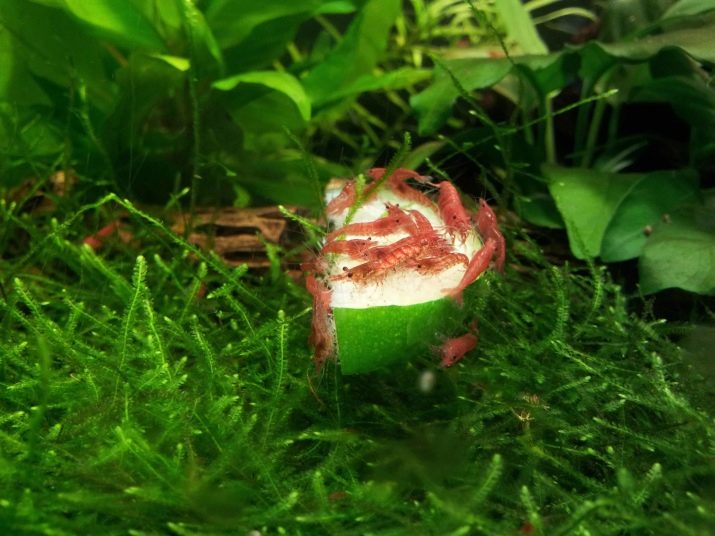
Caridina family
Their natural habitat is the tropics and subtropics of Asia.The cephalothorax of these crustaceans is less than 1 cm in size. They can be eaten, for example, the species C. multidentata is commercially available. Wild individuals do not look as elegant as their home relatives.
Most often, black and white striped forms of C. cantonensis, which are nicknamed “bee shrimp,” are commonly used for keeping in aquariums.
If you hear that they are called “shrimp black crystal”, then know that this is a mistake. In fact, “crystals” are called only the red-white form - “shrimp red crystal”. This genus continues to replenish, as it opens up more and more subspecies due to hybridization.

Amano
Caridina multidentata helps fight harmful algae in ponds. She has a light green color, on the sides of the body is strewn with red-brown marks. The back is decorated with a light strip that runs from head to tail. In addition to algae, she likes standard aquarium feeding.
The ratio of ammonia to nitrate in water is extremely important for these individuals. Recommended temperature range from +15 to +27 degrees Celsius, pH level from 6.5 to 7.7.
They are well adjacent to harmless fish. Difficulties can arise in the breeding of these crustaceans, because for the normal development of the larvae, more salt is required.
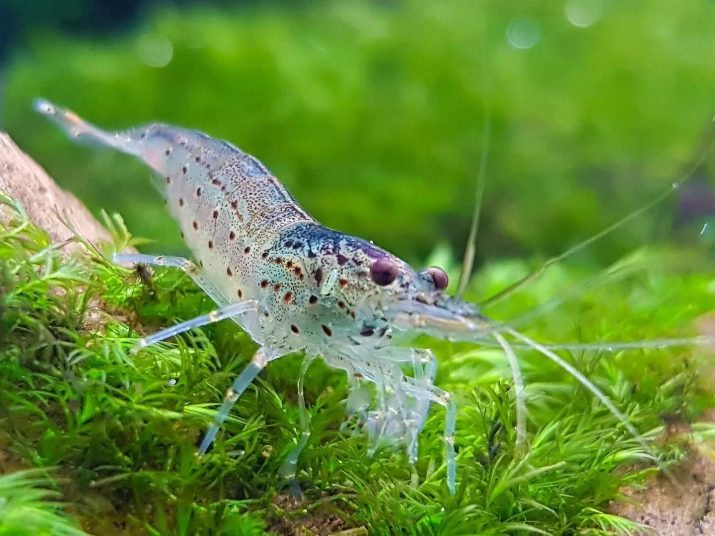
If you plan to breed, then It is worth taking care of creating comfortable conditions. Pre-plant the female in a separate aquarium with a volume of 30 liters and with a water temperature of +23 degrees, provide her with a dim light, sponge filter and create aeration.

Harlequin
These shrimp are found in the waters of Indonesia. They are especially careful, perhaps due to their small size - a little more than a centimeter. It got its unusual name for its colorful color, combining red, white and black.
He likes water warmer than +25 degrees with a pH of more than 7.0. In the wild, she likes to eat with the help of sponges, but she does not need such help at home.
Fruits in unsalted water, while the kids do not pass the stage of larvae. From its masonry in the amount of 10-15 eggs, after 3-4 weeks small shrimp hatch immediately.
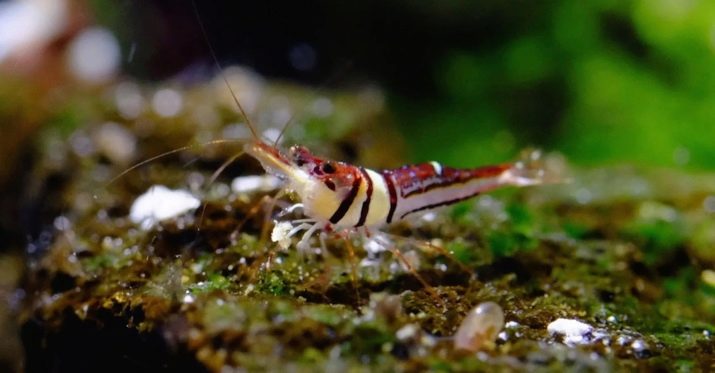
Yellow shrimp
Neocaridina heteropoda var. yellow is good for those who are just starting to start aquarium shrimp. She is completely unpretentious in leaving and easily adapts to new conditions. The best conditions for her are loving neighbors and unsalted water in the aquarium. The yellow shrimp bears eggs for a month or a half, after which it breeds about 25 individuals. When favorable conditions are created for her, she always has caviar.

Babaulti
Indian shrimp babaulti have a size of about 3 cm. These small chameleons change color from green to brown and red. This characteristic depends on the condition of the animal, its diet and the environment. Seeing the beautiful representatives of this species, many are looking for them for sale, but they are not so brightly colored, since their coloring is a changeable phenomenon.
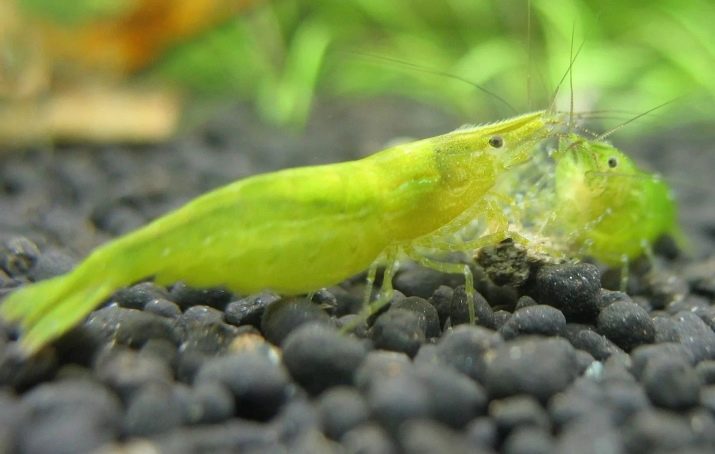
Neocaridina Group
The most popular species from this group are Neocaridina davidi (heteropoda) and Neocaridina palmata. Among them, there are subspecies with bright and beautiful colors. Yellow, orange and red sakura, blue and blue-orange riley and many others.
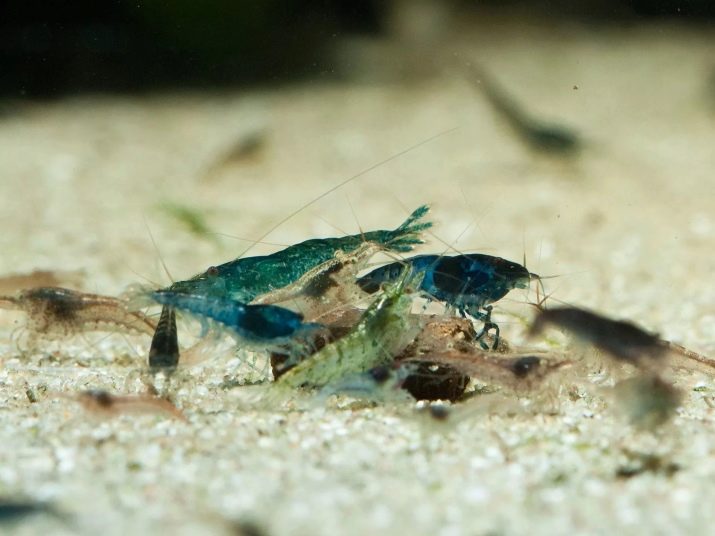
Neocaridine Riley
It is characterized by colors, including alternating lines of different colors. It was obtained by breeding in Taiwan in 2010. At first, two-color individuals with shades of red and blue were bred, but then in the course of further work even more colorful specimens were obtained, which became a worthy decoration of any aquarium.
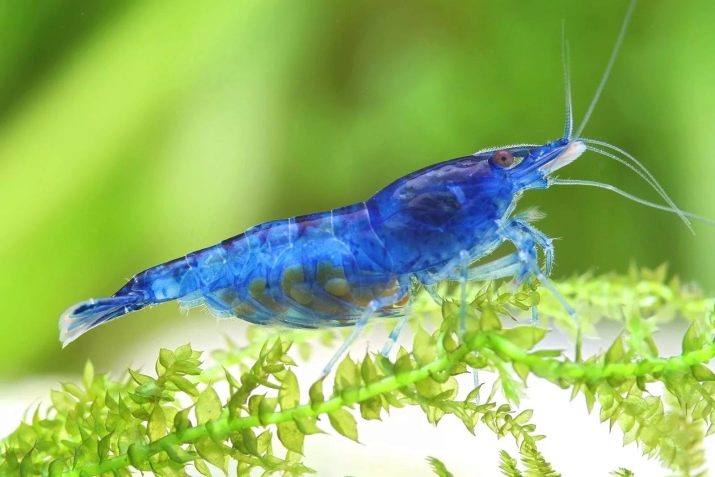
Blue dream
They are very beautiful, but far from always the blue gene is transmitted to all offspring, so among this species you can find green, brown and just transparent individuals. These shrimp were obtained thanks to the breeding work of scientists from Germany and Japan. Officially, the view was first introduced in America in 2006.
Males have a length of 2 cm, and females - 3 cm.
They are suitable for water with a temperature of +18.28 degrees Celsius, with a pH of 6.5 - 7.5 and a hardness of 2-25.

Riley black with blue
Her head and tail have a dark shade with a blue tint. Other parts of the body are painted in light blue with black spots. Her body is so transparent that eggs can be seen through its shell.
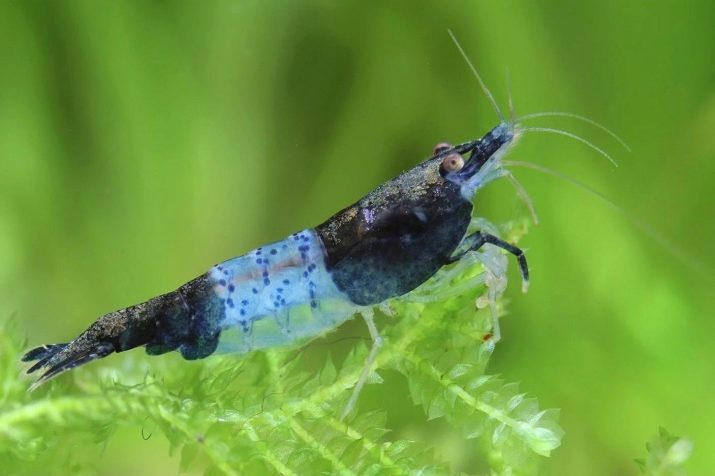
View Macrobrachium
They belong to the family of palemonids, which unites two hundred species. The second pair of limbs is large, which distinguishes this genus from others. Another common name for these individuals is long-armed. The conditions of rivers and keys are suitable for them.
For a comfortable existence, the level of acidity should be in the range of pH 6.0-8.0, and they love water at around +22.28 degrees Celsius. There are no special requirements for neighbors.
Usually the size of aquarium individuals reaches 8 cm, although macrobrachiums up to 45 cm in size are found in nature - these are Rosenberg shrimps. It is not surprising that they are sold as a marine delicacy. This genus lives in the waters of countries such as Australia, America, Malaysia, Pakistan and other hot regions. However, some species also live in the Sakhalin rivers.
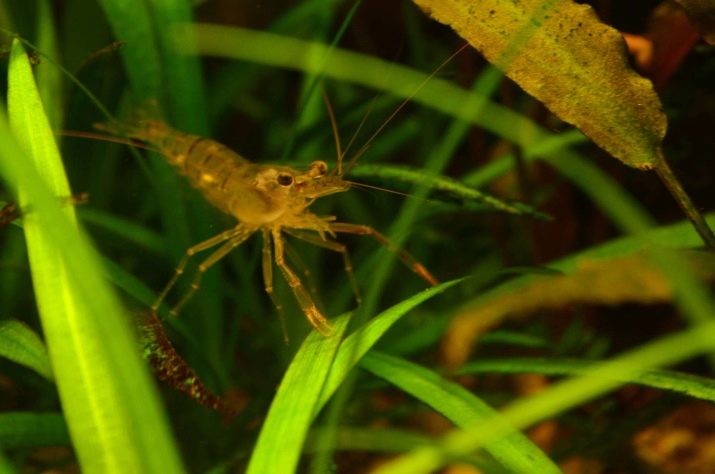
Species Palaemonidae
This vast family has nearly a thousand species and is divided into two subfamilies Palaemoninae and Pontoniinae.
- Palaemoninae relate to marine predators that eat invertebrates. These include Macrobrachium shrimp, which were mentioned above.
- Pontoniinae in coral reefs harmoniously coexist with sea sponges, mollusks and echinoderms.
Among them there are both cleaners and parasites. Their diet is most often limited to detritus, but there are lovers of animal food in this subfamily.

How to choose?
The criteria for choosing shrimp for home keeping is an important aspect that aquarists care about. In order not to be mistaken when buying these crustaceans, we suggest that you familiarize yourself with the instructions.
- Shrimps are far from passive, they spend a lot of time in motion. In nature, they coexist in packs, so for a comfortable stay in an aquarium they need a company of at least a dozen relatives. The more active the shrimp moving around the aquarium, the better their health condition. They like to run along snags, plant shelters, and just along the bottom of their small domestic pond.
Seeing lazy individuals hiding in shelters in the pet store, do not listen to the seller, who claims that this is typical behavior for these animals, most likely they are simply unhealthy.
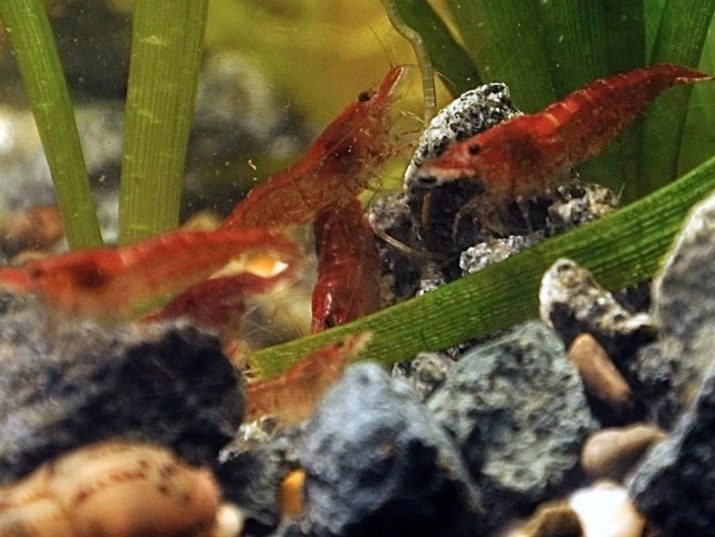
- Do not get adults. Of course, this may seem more convenient, since it’s easier to determine sex and type, and they are ready for reproduction. But young shrimps are much easier to adapt to the new environment, because moving to a new aquarium presents significant stress for them.
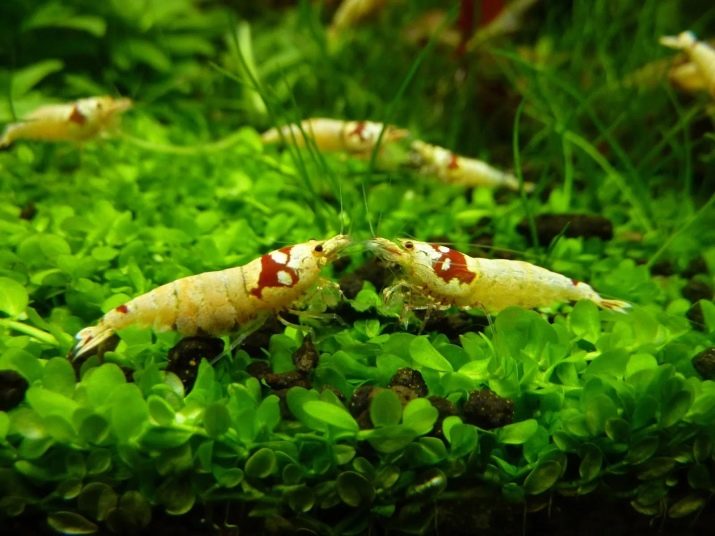
- Seeing that the shrimp are too puzzled to "rush" around the aquarium in search of food, do not think that they are underfed. This is an absolutely natural behavior for healthy individuals.

- When buying shrimp pay attention to the severity of the pigment. They should have a bright color with a stable palette. The more intense the paint, the healthier the specimen in front of you.
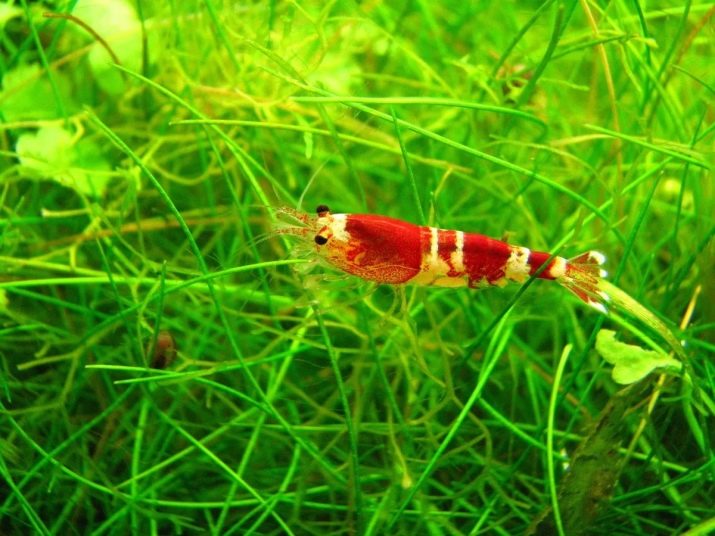
- Ask the seller to give you the opportunity to study shrimp well. It is not enough to consider them in an open aquarium; try to consider each individual that interests you individually. This is a normal wish, and it should not cause misunderstanding. Make sure that on the carapace of the individual you like there are no growths and other defects, for example, spots that are unusual for this species. Such flaws can indicate the infection of crustaceans.

- It is preferable to choose the shrimp in person, but if you decide to do this via the Internet or through a phone call, then specify in what they will be transported. It is best if they are breathable packages for transporting shrimp, in which there will be water from their own aquarium.In addition, in the company of other individuals, the road will be calmer for each of them, so it is better not to buy them separately.
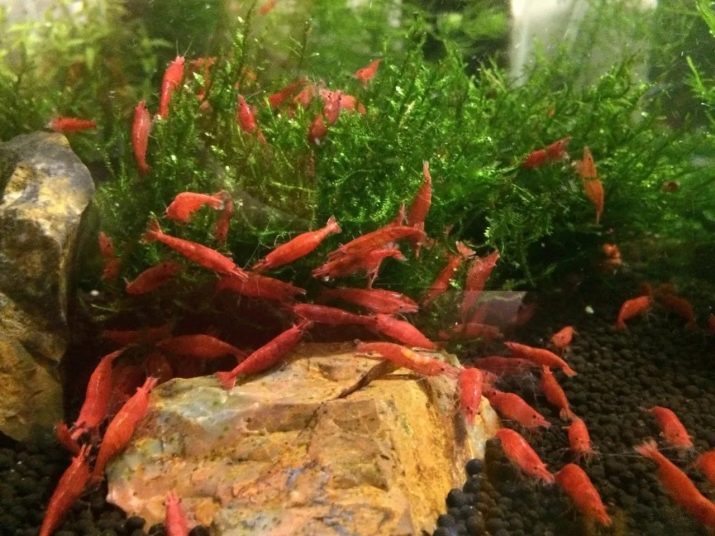
Which aquarium inhabitants are compatible with?
If your plans do not include the arrangement of a separate shrimp, then you can safely add new residents to fish or snails. The main thing is to avoid mistakes when choosing a company for arthropods. Let us consider this question in more detail. So, such fish as:
- microassortments;
- guppies;
- neons
- Pecilia
- rhodostomuses.
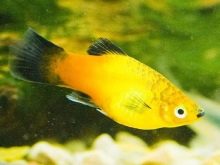
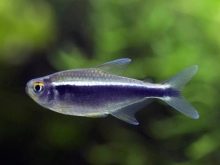
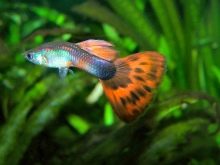
There are species whose coexistence with shrimp is in question, for example, with fish such as Ramistresi apistograms.
It all depends on a number of factors: which of them is larger in the aquarium, how large it is and whether both species can have their own territory in it, what is the nature of specific individuals and, finally, from what age they grew side by side.

Even the above fish should be smaller than your newly arrived shrimp, otherwise they might try to attack them. But with whom to settle shrimp is categorically not recommended, this:
- barbs
- fighting fish;
- cichlids;
- bots;
- scalars.
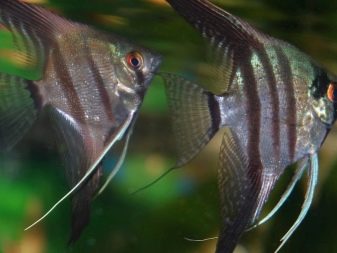
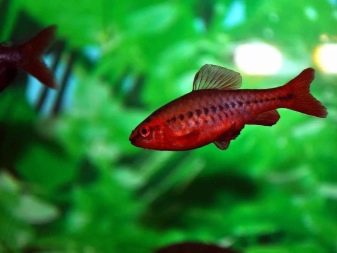
As you learned from the article, any aquarist, even a beginner, can start shrimp. Professionals are also interested in observing them, since they are very dynamic creatures, moreover, with a very beautiful color. The main thing is to take into account all the recommendations of experts - then the process of acquiring and adapting new pets will go smoothly for both you and the shrimp themselves.

In the next video, you will learn how to feed aquarium shrimp.
